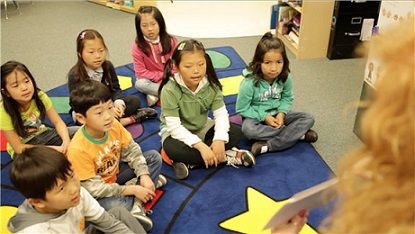With a growing and increasingly diverse population of English Language Learners (ELLs) entering US classrooms each year, it is critical to learn more about individual students and their cultures to provide them with the support they need to succeed in school and into adulthood. Schools and educators can do this through culturally responsive teaching (CRT), defined as “a pedagogy that crosses disciplines and cultures to engage learners while respecting their cultural integrity. It accommodates the dynamic mix of race, ethnicity, class, gender, region, religion, and family that contributes to every student’s cultural identity.”
Often state early education standards mention the importance of CRT, but they do not always provide resources on how to carry it out. This can be overwhelming for educators who already have a long list of responsibilities. So what can educators do to create a culturally responsive classroom and implement CRT? Here are some tips to engage your ELLs and get them on track for learning success:
- Gather background information to find out who your students are before the school year starts: distribute a survey to find out what languages the student speaks, does the child speak or understand English, what are the child’s interests and favorite activities, and so on. Ask your school for a list of students’ home languages if you don’t already have them.
- Try to see through the eyes of an ELL student or family member. Read your school’s home language survey or other materials that are sent home to your ELLs at the beginning of the year. Are they in English only? Are they welcoming? Are there images to help the reader understand? Would you understand it if it was in another language?
- Lower the affective filter by making students feel comfortable and open to learning and sharing. Share your own personal experiences first and allow students to communicate in pairs or small groups before sharing their own experiences with the whole class.
- Listen to your students. If you take time to listen to your students, they will love sharing about their traditions, holidays, and family or other cultural activities they enjoy. Then try incorporating some of these traditions or activities into school activities.
- Build communication and a relationship with students and their families.
- Choose content, like stories or poems, that reflects the culture of the students so they can relate to the topic or characters.
- Engage families by inviting parents or caregivers into the classroom to observe, read a book from their culture, or participate as a guest speaker to talk about their culture. Host a family event, regularly send home updates and speak with parents often.
In what other ways do you create a culturally responsive classroom or implement CRT? Please share with us on the GrapeSEED Facebook page.






